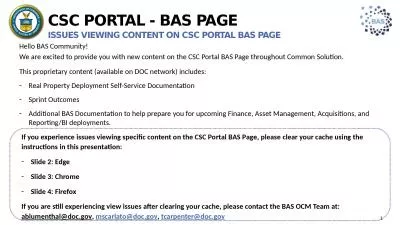PPT-CSC 1051 – Data Structures and Algorithms I
Author : blondiental | Published Date : 2020-08-26
Dr MaryAngela Papalaskari Department of Computing Sciences Villanova University Course website wwwcscvillanovaedumap1051 Some slides in this presentation are adapted
Presentation Embed Code
Download Presentation
Download Presentation The PPT/PDF document "CSC 1051 – Data Structures and Algorit..." is the property of its rightful owner. Permission is granted to download and print the materials on this website for personal, non-commercial use only, and to display it on your personal computer provided you do not modify the materials and that you retain all copyright notices contained in the materials. By downloading content from our website, you accept the terms of this agreement.
CSC 1051 – Data Structures and Algorithms I: Transcript
Download Rules Of Document
"CSC 1051 – Data Structures and Algorithms I"The content belongs to its owner. You may download and print it for personal use, without modification, and keep all copyright notices. By downloading, you agree to these terms.
Related Documents

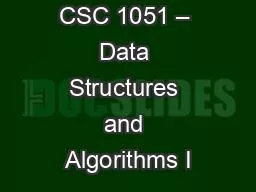




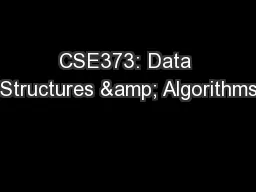


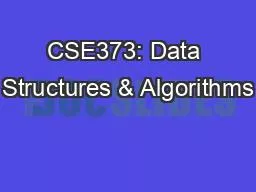
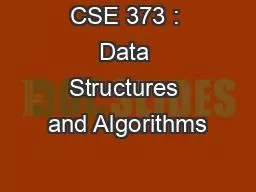
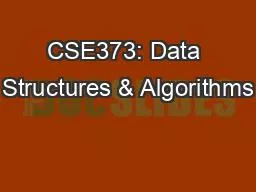
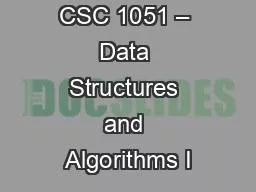
![[eBOOK]-Easy Learning Data Structures Algorithms ES6+Javascript: Classic data structures](https://thumbs.docslides.com/975195/ebook-easy-learning-data-structures-algorithms-es6-javascript-classic-data-structures-and-algorithms-in-es6-javascript-easy-learning-javascript-and-design-and-data-structures-and-algorithms-book-3.jpg)
